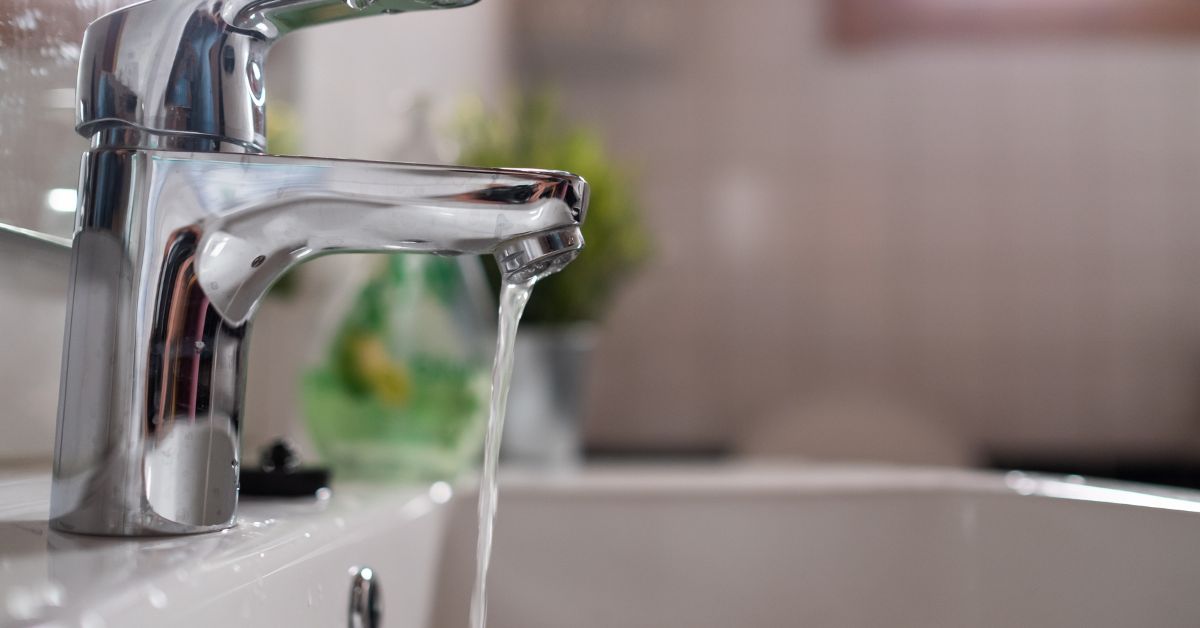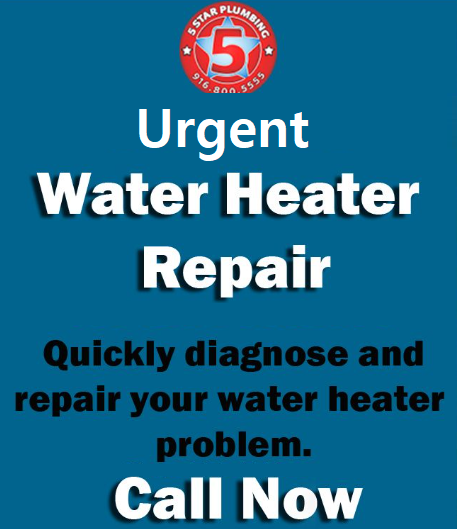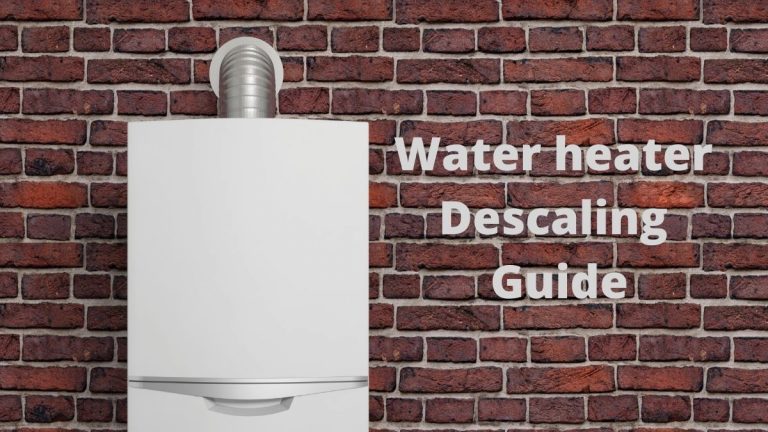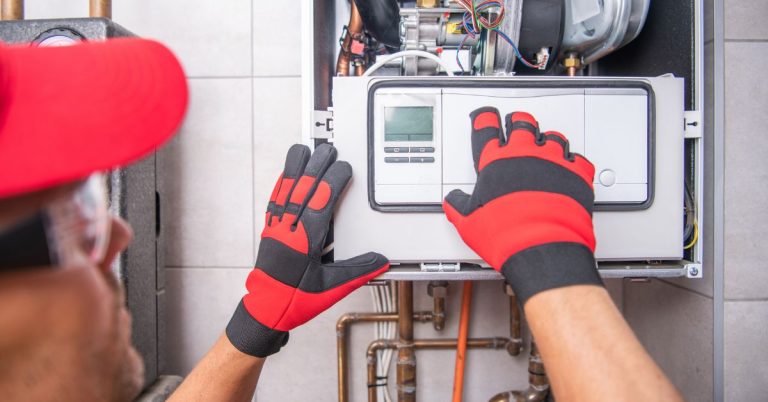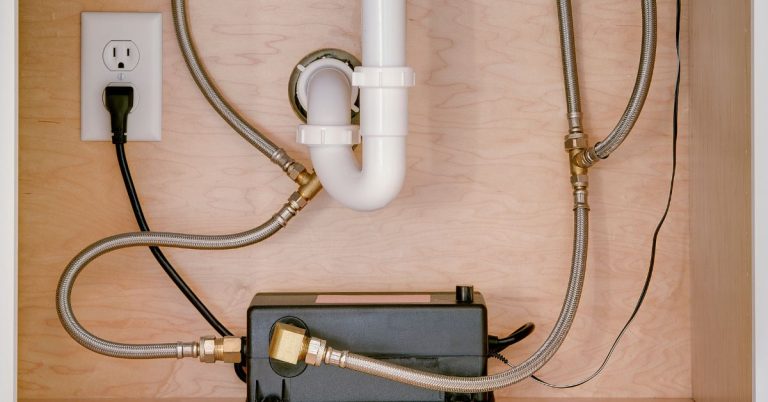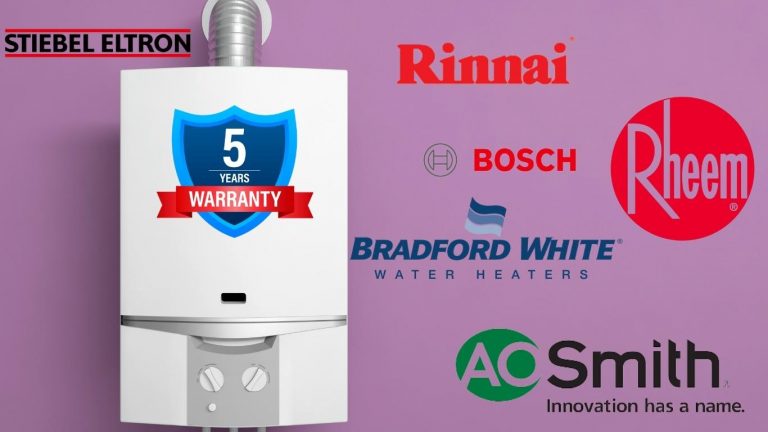Resolving Low Hot Water Pressure: A Comprehensive Guide
Do you find yourself struggling with weak and disappointing hot water pressure in your kitchen sink, shower, or tub? Are you left with just a barely-there stream of hot water instead of a powerful and refreshing shower?
If you’re experiencing low hot water pressure, but your cold water is flowing just fine, don’t despair. You’re not alone.
Mainly low hot water pressure occurs due to a scaled water heater, aerator issues, clogged fixtures, bad pressure regulator valves, and leak or mineral blockage in the hot water supply line, among others.
In this article, we’ll explore the common causes of low hot water pressure and provide step-by-step instructions on how to fix it.
Whether you’re facing low hot water pressure in all taps or specific fixtures, we’ve got you covered. In this blog, we will cover one problem at a time so it’s easy for you to find your solution without reading the entire page. So let’s dive in and bring back the power to your hot water faucets!
Problem 01: Low or no hot water pressure in all taps
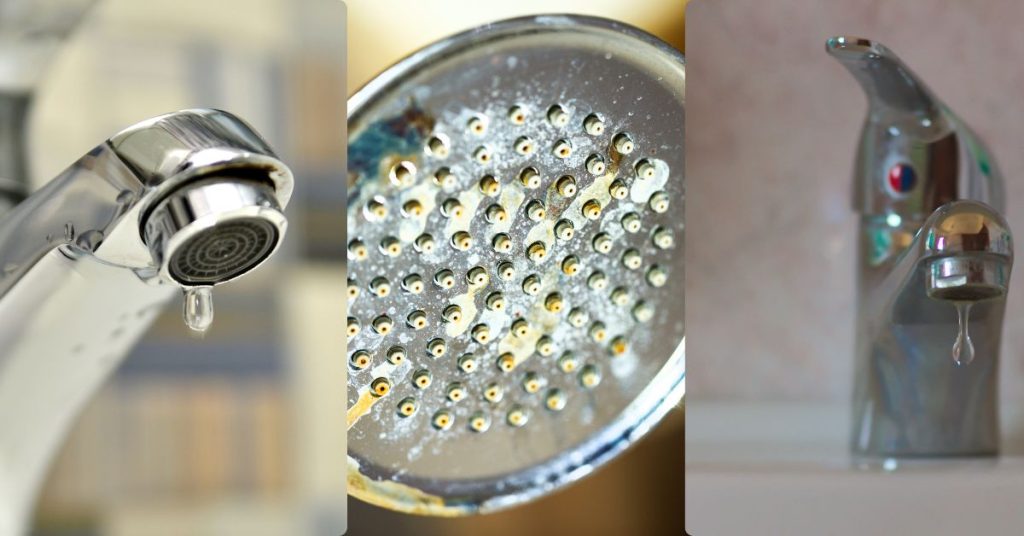
Let’s head start with the biggest of all problems. I know how frustrating it can be to suddenly face that low or no hot water pressure across all the taps in your house. Pretty frustrating, right?
The symptoms of this problem are self-explanatory – you may experience low or no pressure when you turn on the hot water tap, making it difficult to wash dishes, shower, or do laundry. But why does this happen?
Why it’s happening
- Partially closed shut-off valve: The water heater has a shut-off valve that can become partially closed, reducing the hot water pressure in all taps.
- Water scale and mineral build-up: Over time, mineral deposits can accumulate in the plumbing lines and restrict water flow, leading to low hot water pressure.
- Clogged water heater: Weather you have a tank or tankless, a water heater is prone to scale build over time. And it’s a lot faster in the case of hard water. If you last flushed your water heater a year ago or more, this could be the cause.
- Water leaks: Leaks can cause low hot water pressure by reducing the water supply.
- Dirty/clogged faucet cartridges: If the hot water pressure is low in just the shower or kitchen/bathroom faucet, it could be due to a dirty or clogged faucet cartridge.
- If you have a tankless water heater: Tankless water heaters can provide a finite amount of time when this limit is crossed by multiple people using different hot water taps at the same time. Water pressure is dropped to supply water to all fixtures. You can learn more about this in our water heater sizing guide.
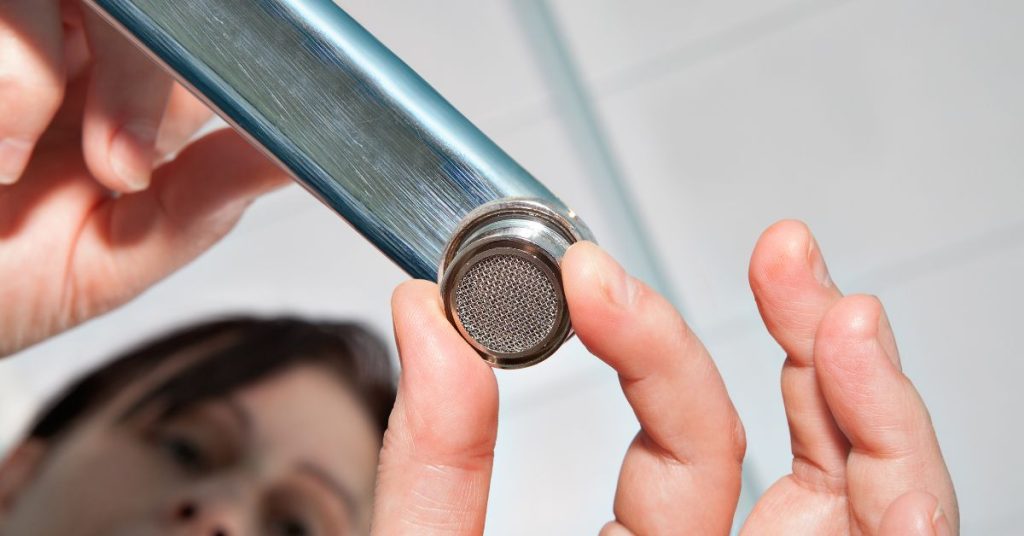
To identify the root cause of low hot water pressure in all taps and fix the problem, you can follow these steps:
Here’s how to fix it yourself
- Check the shut-off valve: The first step is to check the hot water shut-off valve on the water heater. Turn it back to its fully open position if it is partially closed.
- Drain the hot water tank: Open the drain valve at the bottom of the water heater and let the tank drain completely. Then close the cold water supply valve and run fresh cold water through it for about 10 minutes.
- Flush tankless water heater: We have a complete guide on how to go about flushing/descaling your tankless water heater here.
- Check for water leaks: Head to the water meter and see if the numbers are still spinning even if every tap is turned off. It can indicate a water leak.
- Clean or replace the faucet cartridges: If the hot water pressure is low in just the shower or kitchen/bathroom faucet, it could be due to a dirty or clogged faucet cartridge. Clean the cartridge or replace it with a new one.
- Use a few hot water taps: If you have a tankless water heater, try to run only a single hot water fixture at a time; if that works, you have the wrong size water heater. Either use a few hot taps at a time or get a bigger heater.
Note: If you suspect that the pressure reduction valve is responsible for the low hot water pressure, you should contact a qualified plumber for help.
Problem 02: Low hot water pressure in the kitchen sink
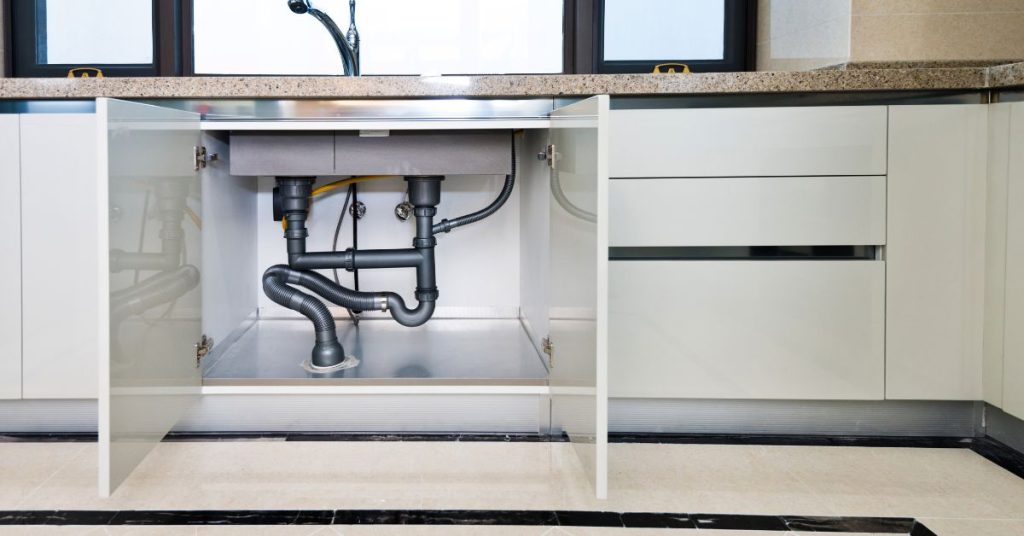
Now, this is a single fixture-specific issue. There can be several reasons you have that low hot water pressure in the kitchen sink, but one of the most common is a clogged faucet or sprayer. However, as we discussed earlier, a partially opened shut-off valve, an anti-scald device set too high, a plugged or kinked water supply hose, or even a dirty or clogged faucet cartridge can also be the culprit.
Here’s how to fix it yourself
- Check the water supply valves: Locate them under your kitchen sink and make sure they are fully open. If partially closed, fully open them to increase the water pressure.
- Clean the aerator: The aerator is a small screen at the end of the kitchen faucet spout. It can get clogged with minerals and debris, reducing the water pressure. Clean the aerator by unscrewing it from the faucet. Soak it in vinegar overnight if there is a build-up on the aerator. It is the easiest thing to do, so try this before any other.
- Replace the kitchen faucet: If cleaning the aerator does not improve the water pressure, you may need to replace the kitchen faucet. You can turn off the water supply valves, disassemble the old faucet, and install a new one.
- Check the water heater: If the low hot water pressure is not isolated to the kitchen sink but affects all hot water outlets in your home, then refer to the earlier section above.
Problem 03: No or low hot water pressure in the shower but plenty everywhere else
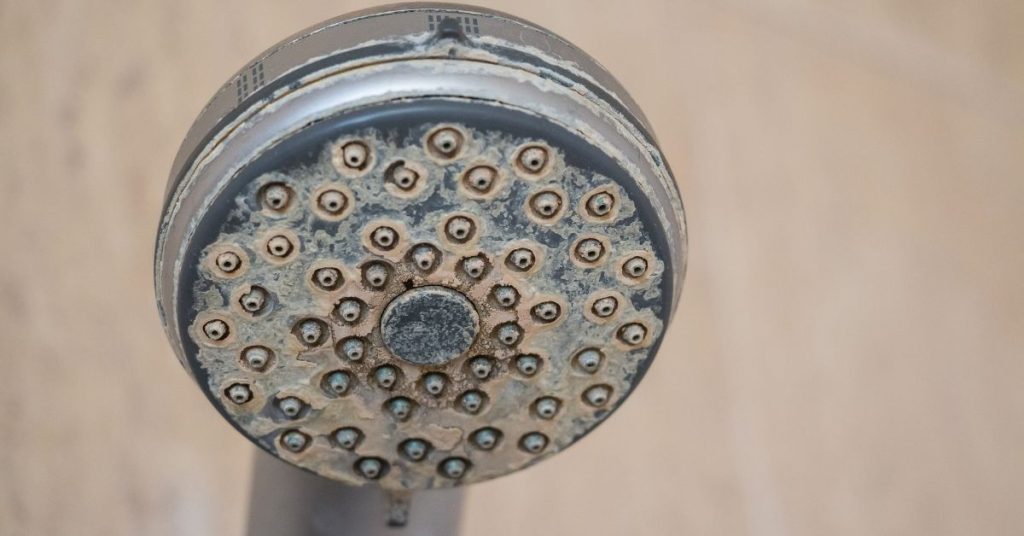
Understandably, it’s weird only to have your shower get attacked with dropped hot water pressure when it’s doing fine everywhere else but honestly; it’s pretty common. Here’s why it might be happening:
Why it’s happening
- Clogged showerhead: If hard water is used in the bathroom, limescale can build up in the showerhead and block the spray openings quite quickly.
- Malfunctioning volume valve system: A malfunctioning shower volume valve system can also lead to low water pressure in the shower.
- Anti-scald device set too high: If the hot water is available everywhere but not in the shower, it could be that the anti-scald device is set at too high a limit.
- Shower cartridge: Low hot water pressure on the shower side could also be due to a shower cartridge.
- Sediment and limescale build-up in pipes or faucet: If the hot water pressure is low, but the cold water pressure is fine, the chances are high for sediment and limescale build-up in the pipes or faucet.
- Partially closed or restricted shut-off valve: A partially closed or restricted shut-off valve can only cause low hot water pressure in the shower.
Here’s how to fix it yourself
- Check the anti-scald device: First off, if the hot water is available everywhere but not in the shower, check the anti-scald device to see if it’s set too high.
- Clean the showerhead: If the showerhead is clogged with limescale, remove it and clean it with a vinegar solution to remove the build-up.
- Check the shut-off valves: If the hot water pressure is low, but the cold water pressure is okay, check the shut-off valves to see if one is partially closed or restricted.
- Replace the shower cartridge: If the low hot water pressure is on the shower side only, you may need to replace the shower cartridge.
Problem 04: Low hot water pressure in tub and shower only
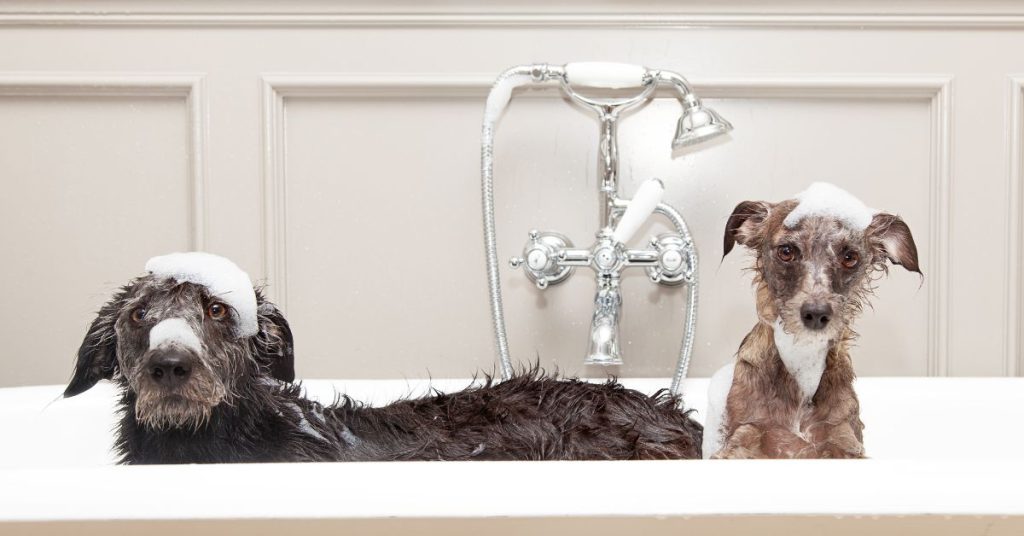
The tub could also have restricted hot water pressure and your shower head. And why’s that?
Why it’s happening
- Clogged shower head or bathtub faucet: Chances are high when you have hard water, but the build-up of mineral deposits and debris in the showerhead and bathtub faucet are well-known culprits.
- Leaky pipe: Rare, but possible. A leak in the hot water pipe can cause a drop in water pressure in the tub and shower.
- The clogged line to the shower and tub: Again, we can not rule out a clogged pipe in the hot water supply to the shower and tub.
- Partially opened shut-off valve: While you are at it, this could also cause a pressure drop on the hot side.
- Anti-scald device set too high: As discussed earlier, the protective anti-scald device can trigger a drop in hot water pressure if it’s set too high.
- Dirty or clogged faucet cartridge: A dirty or clogged cartridge can reduce the hot water pressure in the tub and shower.
- Problem with the mixing valve: If only the hot water pressure is low in the tub and shower, it may be because of a problem with the mixing valve. The mixing valve is a cartridge inside the shower handle that regulates the hot and cold water that flows to the showerhead. Rare but possible.
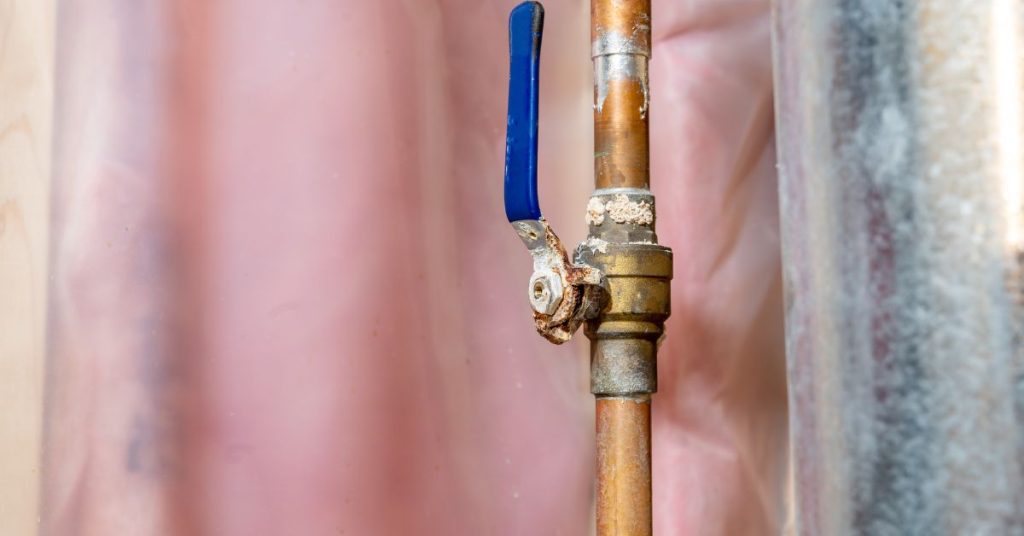
Here’s how to fix it yourself
- Remove the water restrictor: One of the first things you can try is removing the water restrictor from the showerhead to increase the water flow rate. It works most of the time.
- Inspect and clean the showerhead or bathtub faucet: If the affected fixtures are clogged with mineral deposits and debris, disassemble the showerhead or faucet and clean it thoroughly to remove any blockages.
- Check the hot water supply line: Look for any visible leaks in the hot water supply line and repair them as necessary.
- Check the shut-off valve: Ensure the shut-off valve to the hot water supply is fully open.
- Adjust the anti-scald device: If you have an anti-scald device installed, make sure it is set at the proper level and not too high, which could reduce the water pressure in the tub and shower.
- Inspect and clean the faucet cartridge: If you find it dirty or clogged, remove and clean it thoroughly to eliminate debris or mineral build-up.
- Check the mixing valve: If you still have low hot water pressure, you should check out the mixing valve. Check the mixing valve for any signs of damage or wear and replace it if necessary.
Problem 05: Why is my hot water pressure low but cold fine?
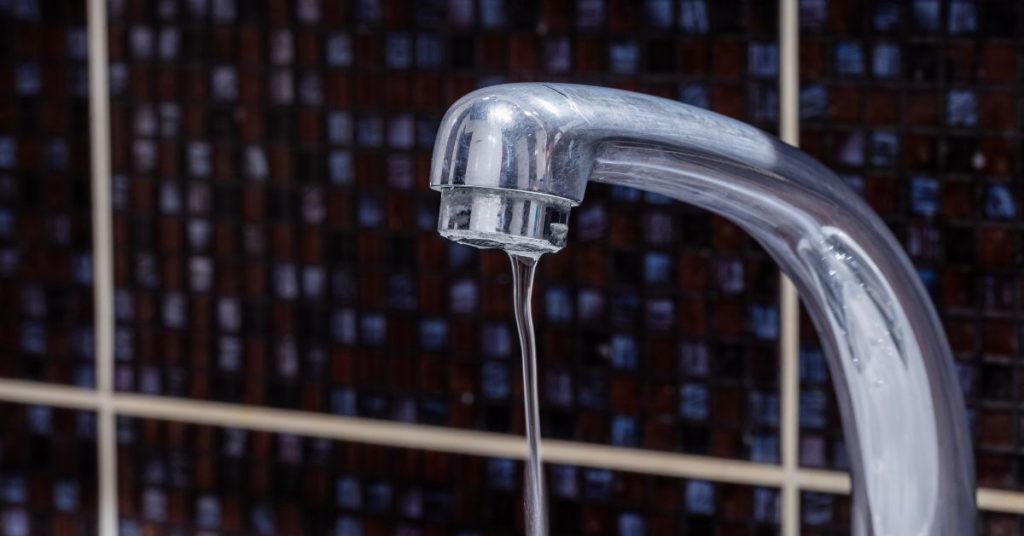
There could be several reasons you’re experiencing low hot water pressure, but the cold water pressure is fine. A lot of these culprits are shared among the problem we discussed earlier.
Why it’s happening
- Clogged water heater: This is the most likely reason in this case. Whether you have a tank or tankless, a water heater is prone to scale build over time. And it’s a lot faster in the case of hard water. If you last flushed your water heater a year ago or more, this could be the cause.
- Partially opened shut-off valve. (Not going into detail cause we already covered it above)
- A dirty or clogged faucet cartridge
- Build-up or corrosion in the water line: A build-up of mineral content or rust in the water line from your hot water tank could also cause low hot water pressure.
- Faulty pressure regulator: A broken or faulty pressure regulator can also cause low hot water pressure, as it reduces pressure input into your water system and can cause spikes and dips in your water pressure output.
- Worn-out faucets: Worn-out faucets contain a high amount of scale, which can reduce hot water pressure. Cold water flow always remains normal because cold water does not affect the plumbing system as much as hot water.
Here’s how to fix it yourself
- Flush water heater: Both tank and tankless water heaters need periodic descaling for proper functioning and long life. We have a complete guide on how to go about flushing/descaling your water heater. So go check that out for more.
- Check the hot water supply line: Look for any visible leaks in the hot water supply line and repair them as necessary.
- Check the shut-off valve: Ensure the shut-off valve to the hot water supply is fully open.
- Adjust the anti-scald device: If you have an anti-scald device installed, set it to the proper temperature to ensure that hot water pressure is not restricted.
- Check the water heater: You may need to check the water heater to determine the cause of the problem. Some common issues with water heaters include a lack of hot water, a damaged heating element, and a broken thermostat.
When to call a plumber
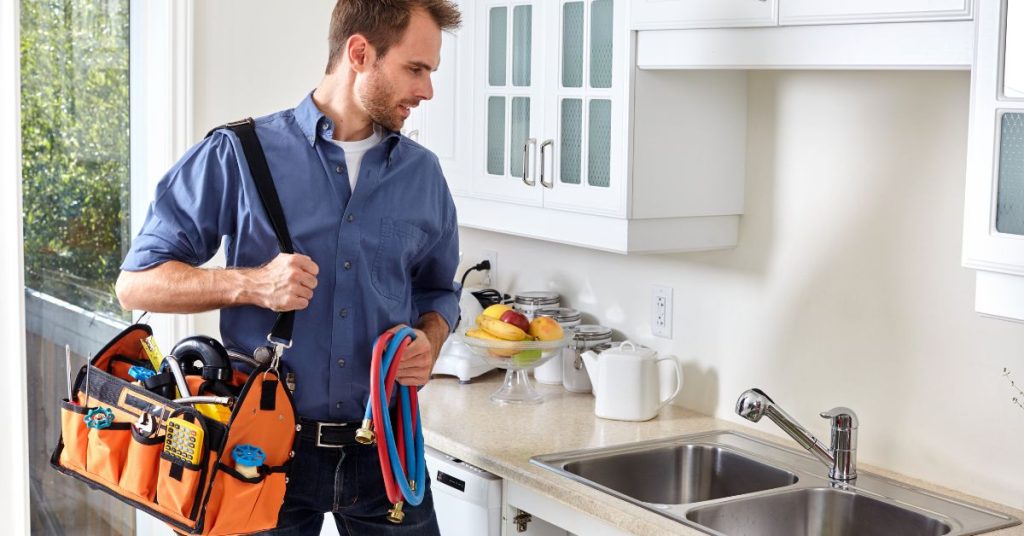
If you have tried basic troubleshooting steps, such as checking for clogs and leaks and fully opening the shut-off valve, but can still not resolve the low hot water pressure issue, then it’s best to call the plumber.
The issue may be related to a more complex problem, such as a faulty water heater or a broken pressure-reducing valve. A licensed plumber can diagnose the problem accurately and provide the necessary repairs to restore proper hot water pressure.
Additionally, attempting to fix more complex issues on your own can result in further damage and more costly repairs. So, it’s always best to call a plumber when unsure about the cause of your low hot water pressure issue.
Over to you!
In conclusion, low hot water pressure can be frustrating and affect your daily routine. The common causes of this issue can range from a clogged showerhead or faucet to a leak in the hot water supply line or a problem with the mixing valve or something else altogether. We have covered everything you, a homeowner with basic handtool know-how, can try and DIY.
In some cases, however, the issue may be more complex and require the services of a professional plumber. It’s always a good idea to get a helping hand if you have difficulty resolving it yourself. A plumber can diagnose the issue and provide a solution to restore your hot water pressure.
Finally, we recommend you regularly maintain your plumbing system to prevent low hot water pressure and other issues. Preventive maintenance can go a long way in ensuring that your plumbing system is functioning correctly.

